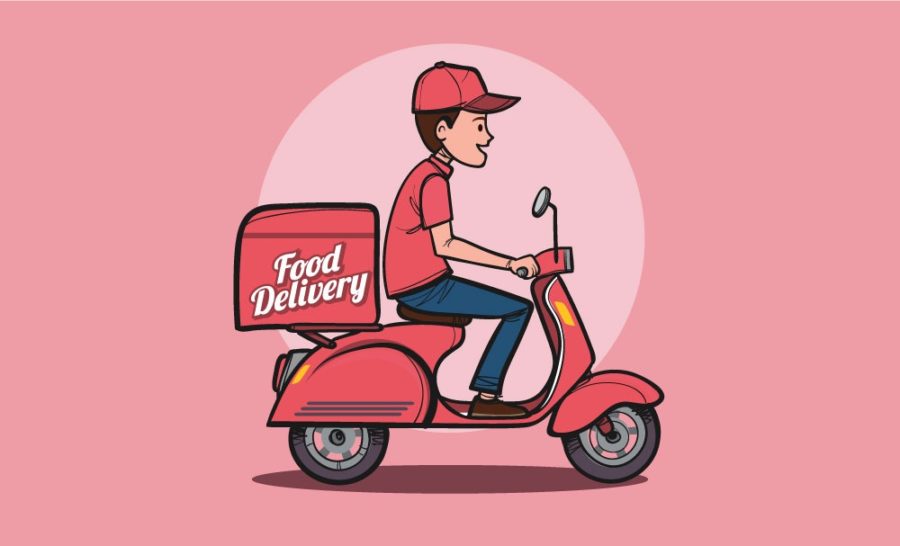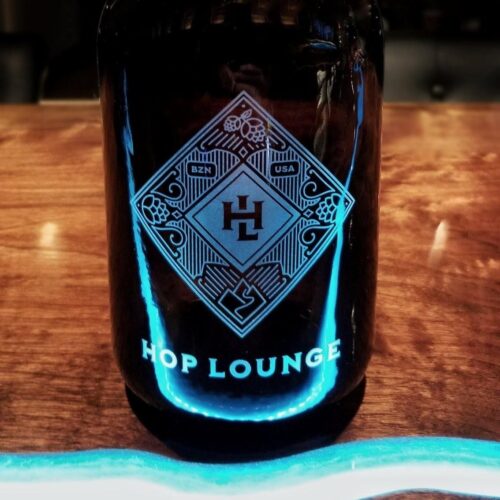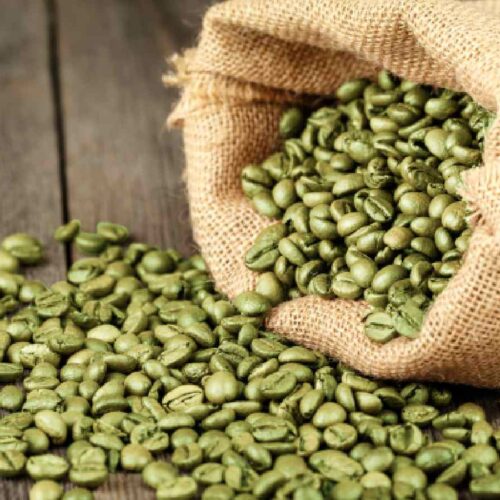In the contemporary landscape of food delivery, consumers are incessantly navigating the delicate balance between quality and cost. As the demand for convenience soars, food delivery services have burgeoned, offering a myriad of options from fast food to gourmet dining at the tap of a screen. However, the dichotomy of quality versus cost presents a conundrum for both consumers and service providers. Here we discuss the multifaceted aspects of finding equilibrium between these two critical components, highlighting the impact on consumer choices, the strategies employed by food delivery services, and the future trajectory of the industry.
The Consumer Perspective: A Quest for Value
For consumers, the decision-making process often revolves around the quest for value – a complex equation of quality, cost, and convenience. In the realm of food delivery, quality encompasses not just the taste and freshness of the food, but also the accuracy of orders, packaging integrity, and the temperature at which the food is delivered. On the other hand, cost is not merely the price of the food item but includes delivery fees, service charges, and tips. The challenge for consumers lies in finding a service that delivers high-quality food at a reasonable cost, without compromising on convenience. In this context, finding services that offer “get your eBay items delivered for less” can also be a boon for savvy consumers looking to optimize their spending across different types of deliveries.
Food Delivery Services: Balancing Act
Food delivery services operate on thin margins, navigating the tightrope between offering competitive prices and maintaining the caliber of their offerings. To achieve this balance, many employ strategic partnerships with restaurants, leveraging volume discounts and optimizing delivery routes to reduce costs. Technology plays a pivotal role in this equation, with sophisticated algorithms predicting order volumes, managing logistics, and ensuring efficient delivery operations.
Moreover, tiered pricing models have emerged as a solution to cater to diverse consumer preferences. For instance, subscription-based models offer reduced delivery fees for a monthly fee, appealing to frequent users seeking value. On the other hand, premium services guarantee faster delivery or meals from upscale restaurants at a higher price point, targeting consumers willing to pay extra for quality and convenience.
The Impact of Consumer Choices
Consumer preferences have a profound impact on the food delivery landscape. The increasing demand for healthier, high-quality food options has spurred services to expand their offerings beyond fast food, incorporating organic, vegan, and specialty cuisine into their portfolios. This diversification not only caters to a broader audience but also reflects a growing consciousness among consumers about the importance of quality in their dietary choices.
Conversely, the allure of discounts and promotions often influences consumer behavior, prompting them to opt for cost over quality. This trend challenges food delivery services to find innovative ways to offer value without compromising on the quality of their offerings.
Navigating Challenges: Quality Assurance and Cost Management
Ensuring consistent quality in food delivery is fraught with challenges, from maintaining food safety standards during transit to ensuring orders are correct and delivered promptly. To address these issues, companies invest in training for delivery personnel, high-quality packaging materials, and technology solutions like real-time temperature monitoring.
Cost management, on the other hand, requires a nuanced approach to pricing strategies, operational efficiency, and customer engagement. By analyzing customer data, services can tailor their marketing strategies, offering personalized promotions and loyalty programs to retain customers while managing costs effectively.
The Future Trajectory: Innovation and Sustainability
The future of food delivery is poised at the intersection of innovation and sustainability. As consumers become increasingly environmentally conscious, there is a growing demand for eco-friendly packaging and practices. In response, services are exploring biodegradable packaging options and optimizing delivery routes to reduce carbon footprints.
Technological advancements such as drone delivery and autonomous vehicles promise to revolutionize the delivery process, potentially reducing costs and improving efficiency. However, these innovations also raise questions about regulatory challenges and the impact on employment in the delivery sector.
Conclusion:
Finding the balance between quality and cost in food delivery is an ongoing journey, shaped by consumer preferences, technological advancements, and market dynamics. As the industry evolves, the key to success lies in flexibility, innovation, and a relentless focus on delivering value to consumers. By embracing sustainable practices and leveraging technology, food delivery services can navigate the challenges of quality assurance and cost management, paving the way for a future where convenience, quality, and affordability coexist harmoniously.




